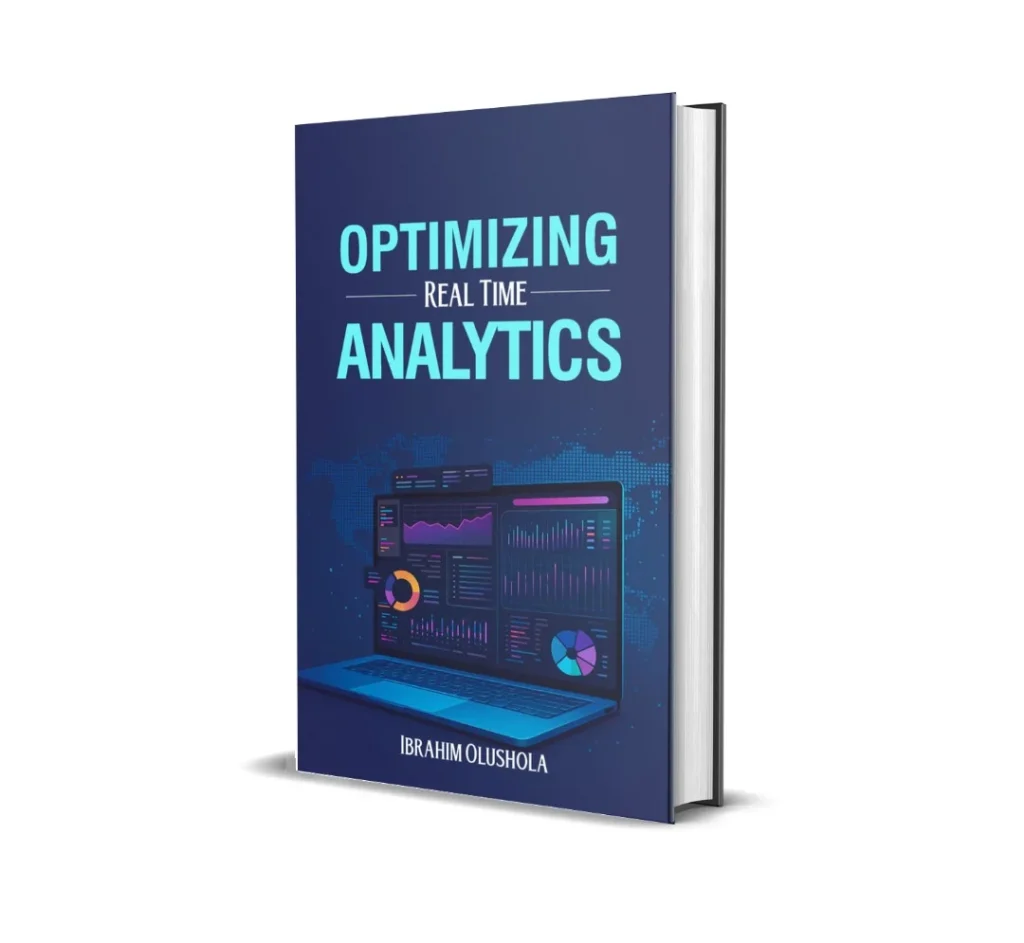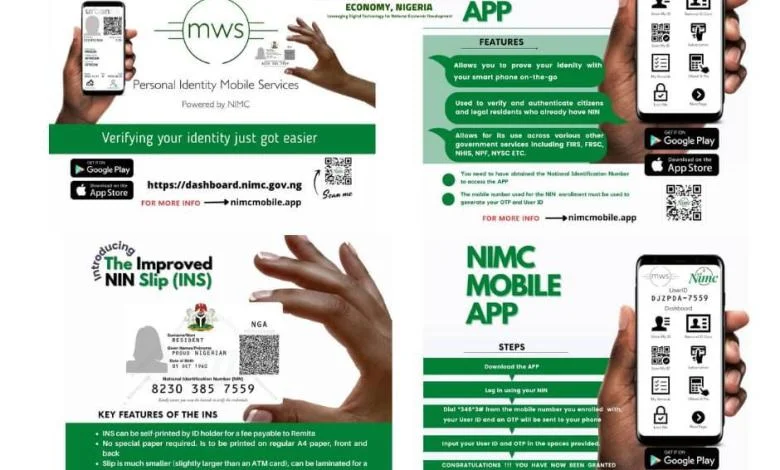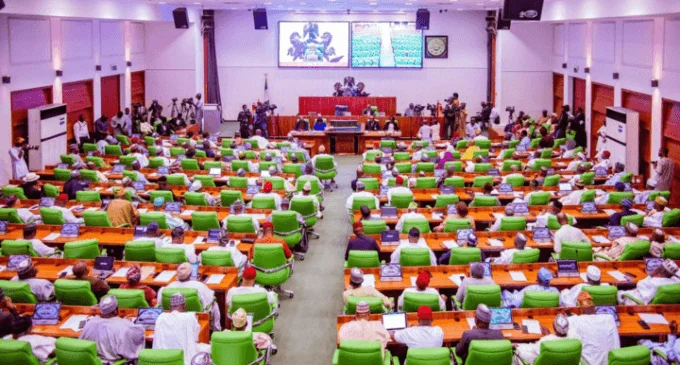Data-driven solutions are no longer optional for governments and institutions, they are essential for managing complexity, uncertainty, and demand in real time. In his newly published book, Optimizing Real-Time Analytics, Nigerian data scientist Ibrahim Olushola introduces a structured framework for integrating real-time data systems into decision-making across public, private, and development sectors.
The book offers a grounded, execution-oriented guide tailored to the realities of low- and middle-income countries, where institutional responsiveness is often limited by outdated infrastructure and delayed information cycles.
As data continues to shape how nations plan, respond, and deliver services, Optimizing Real-Time Analytics emerges as a timely framework for embedding real-time intelligence into core institutional functions. The book offers an implementation-focused roadmap for building responsive data environments that support rapid decision-making across health systems, regulatory bodies, financial infrastructure, and disaster coordination units.
“His work offers exactly what many institutions in the Global South have lacked, a pathway for integrating real-time analytics without overengineering or abandoning local realities,” said Tolu Adediran, Program Lead, Digital Systems Coordination Office, Ministry of Planning and Budget. “It is shaping how digital transformation teams think about speed, scalability, and system usability.”
Optimizing Real-Time Analytics has received attention from stakeholders across sectors, from public finance technocrats to logistics innovators, many of whom have integrated parts of the framework into operational reforms and monitoring programs. It has also informed regional dialogues on data preparedness and resilience planning, and is being referenced in procurement toolkits, subnational data strategy manuals, and joint donor planning sessions focused on system strengthening in low- and middle-income countries.
He brings a deep understanding of both systems architecture and the day-to-day constraints faced by decision-makers in fragile or fast-moving environments. The book’s guidance is rooted in feasibility, offering scalable models for embedding analytics into organizations that may lack robust infrastructure but require high-impact results.
Several policy-focused academic programs and digital governance training institutes have adopted the book as a core reading text. Its principles are now influencing the way real-time feedback loops are designed in public health campaigns, election monitoring systems, and field-based humanitarian interventions.
Optimizing Real-Time Analytics is already being described by experts as a foundational guide for countries seeking to improve institutional response times, integrate data flows across departments, and prioritize actionable insight over passive reporting. Regional development networks are currently reviewing the framework’s adaptability across West Africa and parts of the Sahel, where crisis response and resource optimization rely heavily on speed and coordination.
Through this publication, he offers a strategic rethinking of how real-time analytics can support stronger institutions and smarter governance. His contribution is positioning real-time thinking not as a luxury for digitally advanced economies, but as a necessity for nations working to do more with less, in real time.












